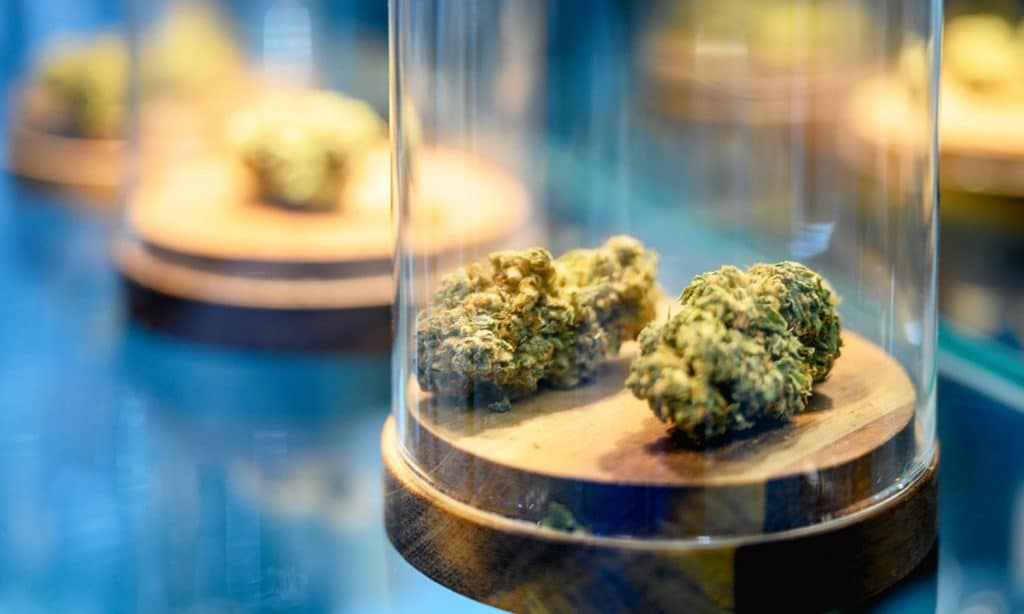As marijuana products become more accessible than ever before, the number of cannabis consumers grows worldwide. However, as the market expands, many are unable to identify the major differences or similarities between strains such as cannabis sativa and cannabis indica. This uncertainty is largely due to the disparity between public knowledge and current research. Although the sativa and indica strains are among the most recognizable in the marijuana market, research around benefits and effects is comparatively limited to other substances. Several experts believe that the stigma against marijuana research is due to the plant’s federal Schedule 1 status as an allegedly dangerous and addictive drug.
Although cannabis and its active ingredients have a complex reputation, there are proven facts and research about the most common strains. Many cannabis strains have a lot in common, especially sativa and indica. However, there are key differences that may make one more ideal than the other for certain consumers. Consumers deserve to be adequately informed to make the best decision about what legal cannabinoids are best for them. Learn more about the differences and similarities between sativa and indica below.
Cannabis Sativa: The Basics
Cannabis sativa, the scientific name for what is commonly called sativa, is a cannabinoid native to warmer climates such as Central and South America. The cannabis sativa plant produces two prominent and recognizable species: marijuana and hemp. It also produces cannabinoid extracts such as cannabinol, also known as CBN, and Delta-8-THC.
Unlike its counterpart, sativa is usually known for its energizing “high” that many users experience. The “high” is due to sativa’s higher concentrations of THC rather than CBD.
Cannabis Indica: The Relaxing Cannabinoid
Cannabis Indica, also known as indica, is a cannabinoid originating from South Asia and some parts of the Middle East. Known to thrive in dry climates, indica plants usually have shorter stalks than their counterparts. The indica strain is becoming more rare, therefore, the cannabis market sees many artificially engineered indica strains. Due to its high content of cannabidiol (“CBD”), many seek indica because of its relaxing effects.
While it may seem like sativa and indica are two very different strains, they are genetically similar. Cannabis growers and farmers often grow hybrid sativa and indica plants due to their similarities. This hybrid is characterized by its unique ratio of THC and CBD. There are several ways to classify hybrid strains; they can be indica-dominant, sativa-dominant, or a balanced combination of both.
Cannabis consumers should be well-aware of their options in certain legal markets so they can understand what sativa or indica products are best for them. That is why cannabis businesses trust experienced marijuana attorneys like Chelsie Spencer. Chelsie represents clientele in all facets of the cannabis industry, including medical marijuana. Additionally, she provides expertise in other areas such as commercial litigation and copyright law. Contact Ritter Spencer Cheng or give us a call at 214.295.5070 for more information.







